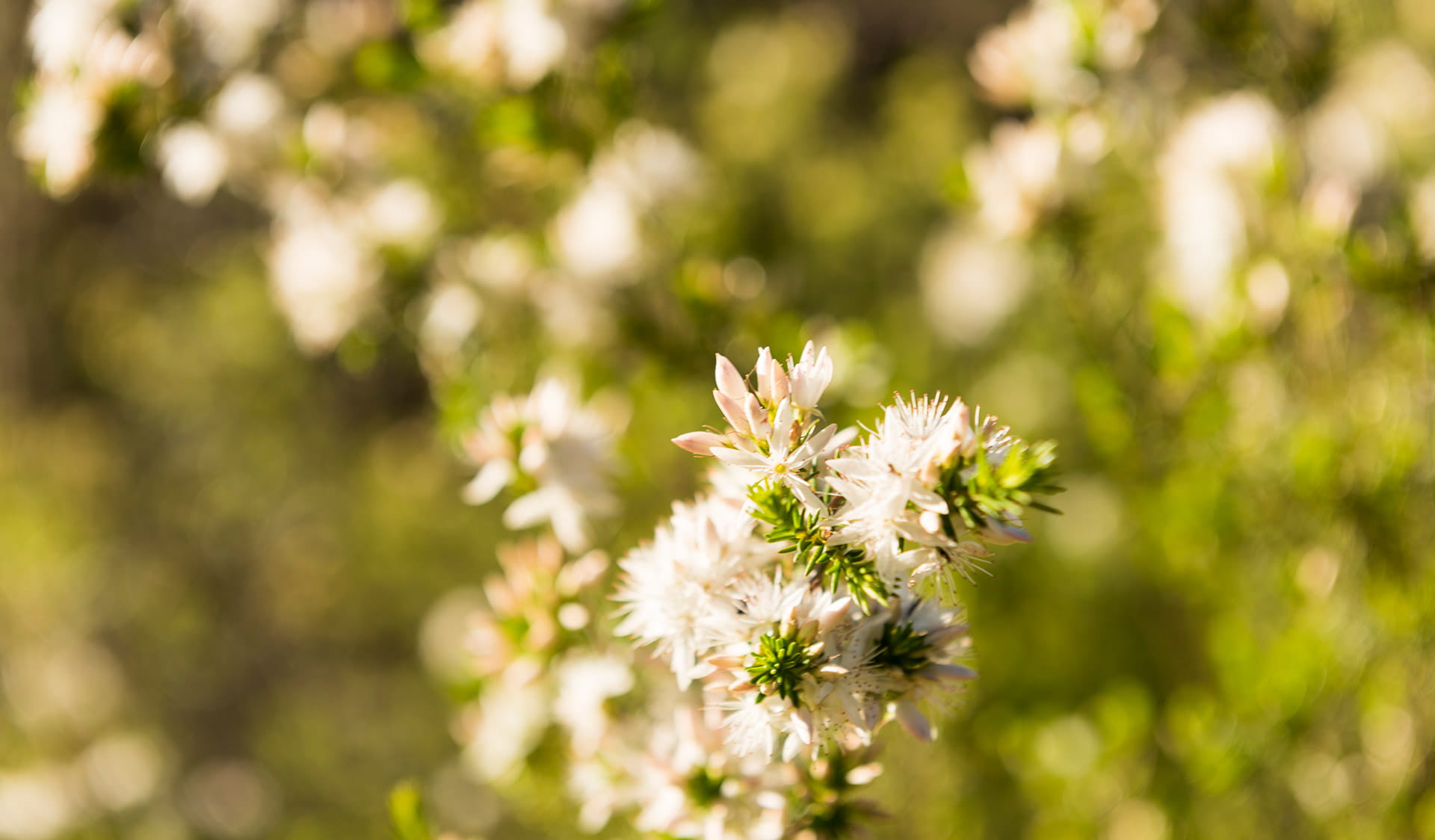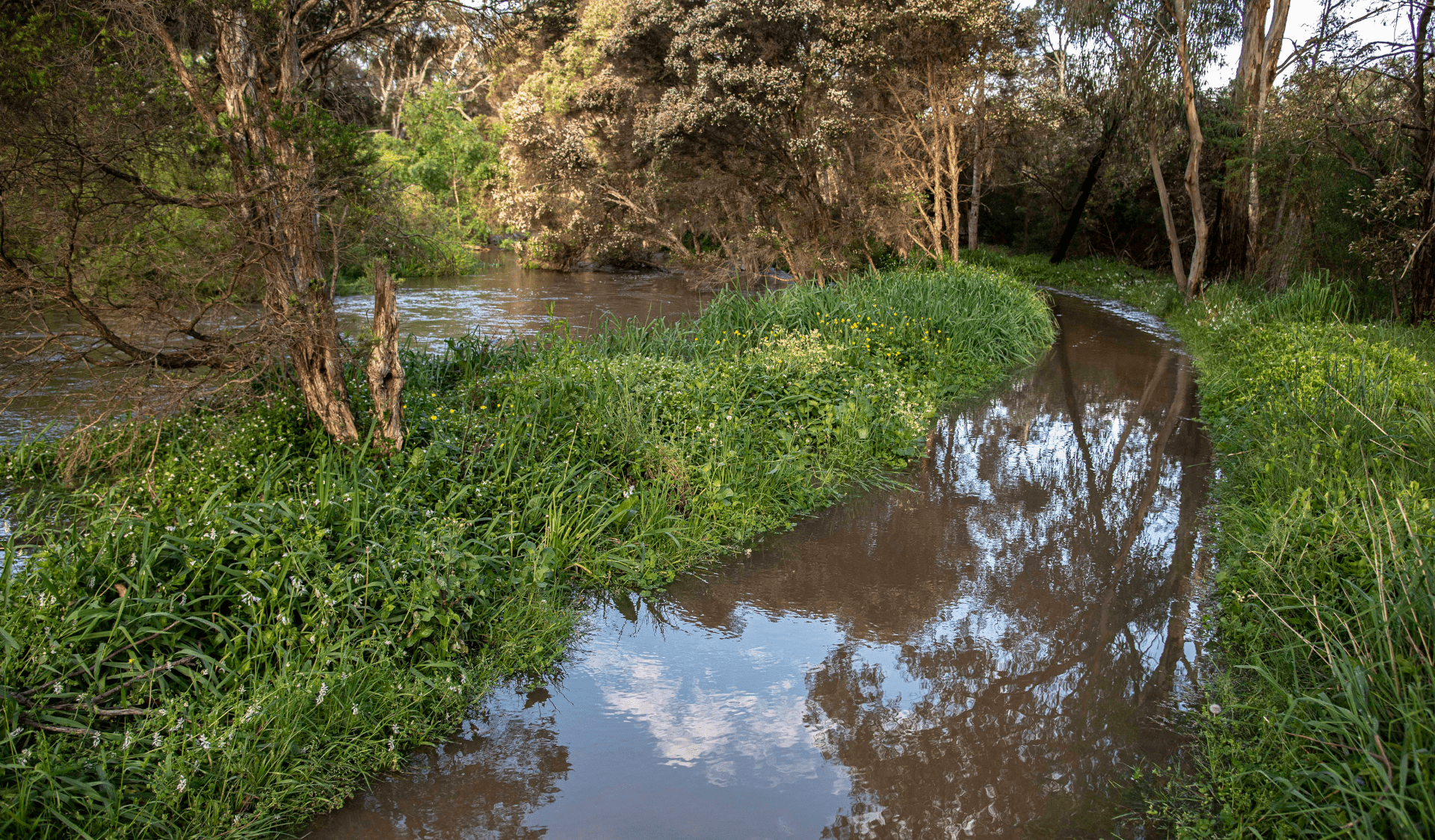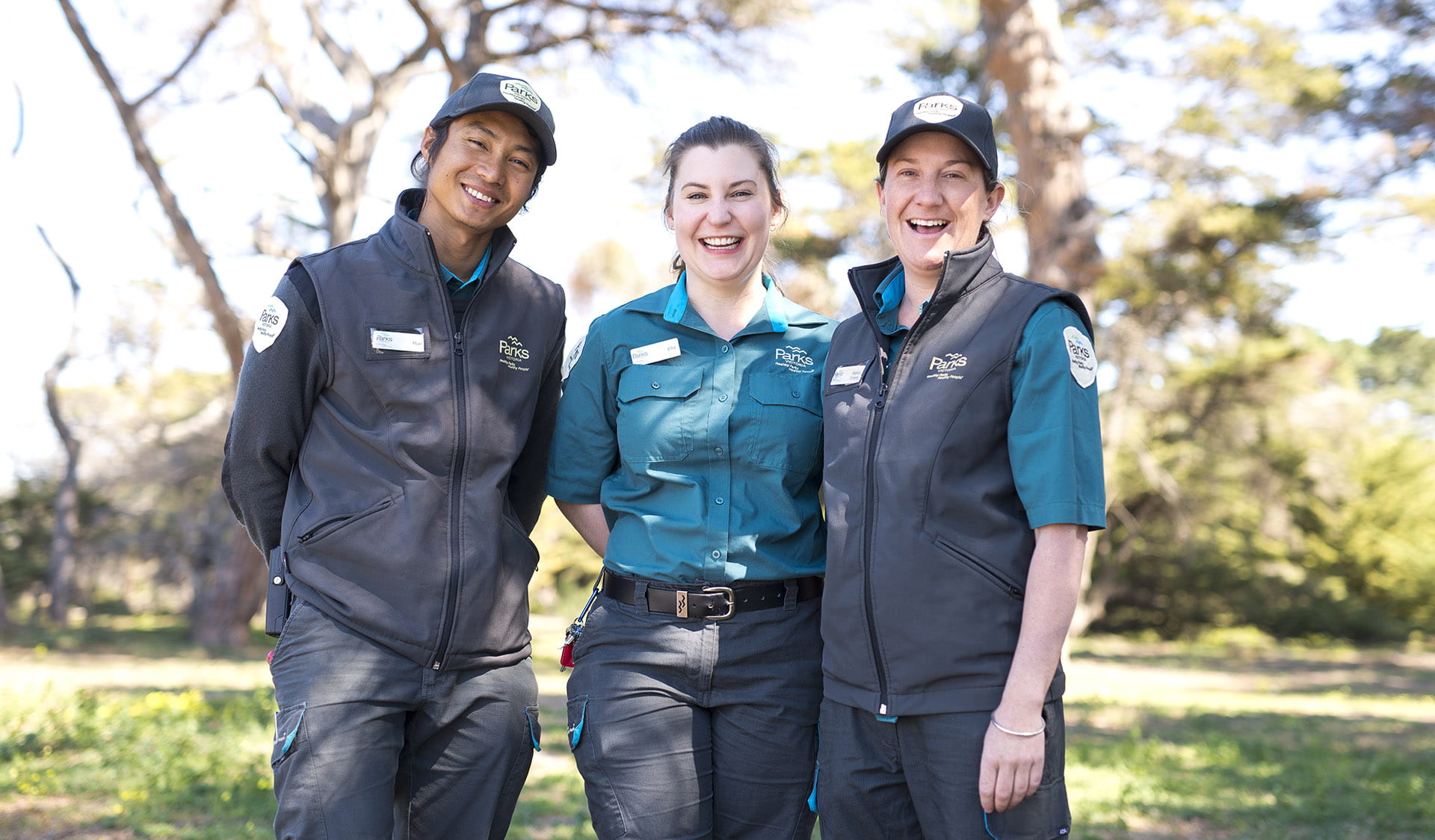Land management
Parks Victoria manages a diverse and representative network of parks that are home to more than 4,300 native plant species and 948 native animal species.
The park network includes some of Victoria’s largest and most undisturbed ecosystems - landscapes like the Alps, the mallee, grasslands and inland waters and wetlands. It covers Victoria’s marine national parks and sanctuaries that protect a wide array of marine life. It also includes smaller, but important urban parks.
Parks Victoria’s conservation programs help to reduce threats to parks and improve the health of the natural environment.
Parks Victoria delivers environmental programs, research and projects, as well as planning and much more, to ensure the parks are healthy and resilient for current and future generations.

Parks Victoria has developed a state-wide Land Management Strategy to guide future planning across the Parks Victoria estate.

Management plans and strategies
We aim to ensure that our valued parks, and the natural assets and cultural heritage they hold, can be enjoyed now and by future generations.

Beekeeping on parks and reserves
The Department of Energy, Environment and Climate Action (DEECA) is responsible for the administration of apiary sites on public land and the development of public land apiculture (beekeeping) policy.

Pumping stagnant water onto public land
As flood water drops, you may notice some water left in low lying or flat areas of your property. Stagnant water will eventually evaporate or flow into waterways. Sometimes this can be the only option while floodwaters continue to recede.

The Crown Land (Reserves) (Metropolitan and Regional Park) Regulations 2023 have been made under Section 13 of the Crown Land (Reserves) Act 1978. Regulations provides that Parks Victoria may make a determination to set aside an area as an area in which an activity or conduct is permitted, required, restricted or prohibited.

